Differences Between Tungsten Sinker and Lead Sinker
- Details
- Category: Tungsten Information
- Published on Wednesday, 25 June 2025 19:37
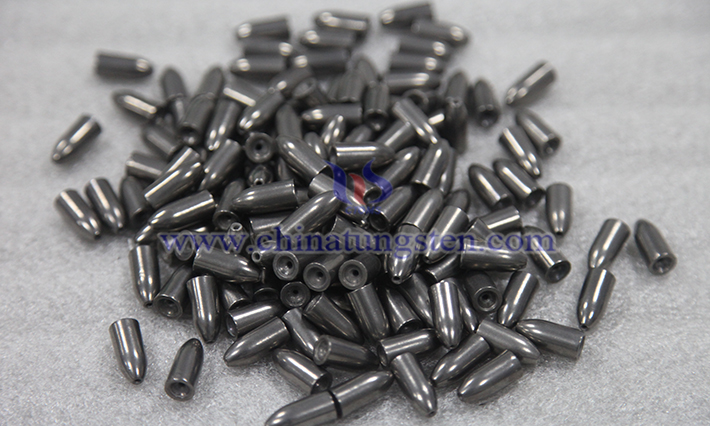
Tungsten sinker and lead sinker are both common fishing weight tools, available in shapes like teardrop, cylindrical, and olive forms. However, they differ across multiple dimensions, including production costs, materials, performance, and manufacturing processes.
What Is Bullet-Shaped Tungsten Sinker?
- Details
- Category: Tungsten Information
- Published on Wednesday, 25 June 2025 19:36
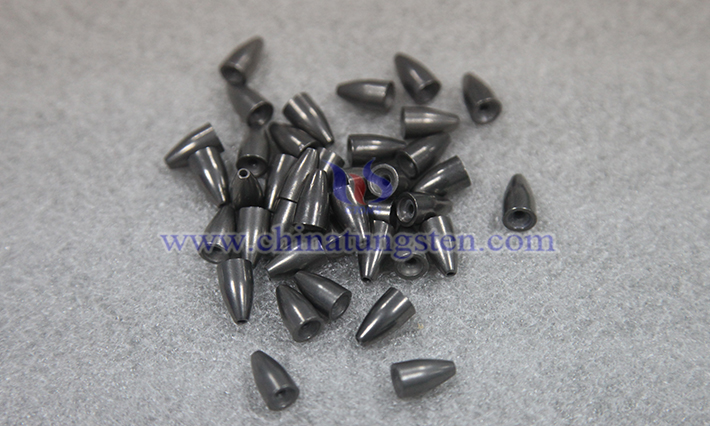
Bullet-shaped tungsten sinker is a high-performance tool in modern fishing, typically composed of tungsten, nickel, and iron, with a density ranging from 16.5 to 18.75 g/cm³—significantly higher than that of lead sinker (approximately 11 g/cm³). At the same weight, tungsten sinker has a smaller volume than lead sinker, reducing water resistance and enabling faster sinking to the target water layer. Additionally, tungsten sinker is non-toxic and non-radioactive, replacing lead sinker to mitigate pollution risks to water bodies and aquatic life.
Transportation of Tungsten Wire for Glass Heating
- Details
- Category: Tungsten Information
- Published on Wednesday, 25 June 2025 19:07
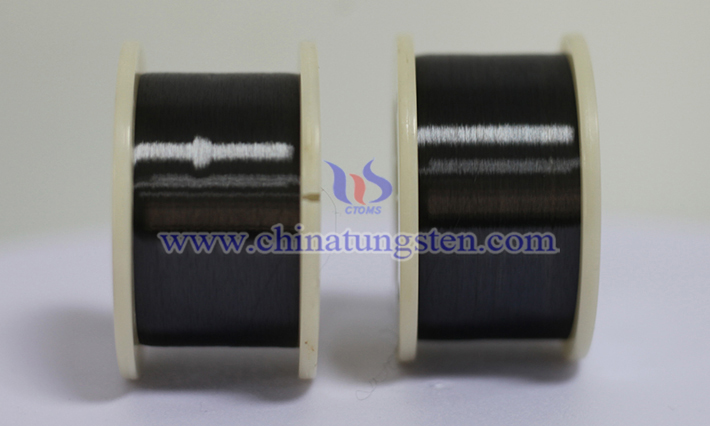
The transportation of tungsten wire for glass heating needs to pay special attention to its physical properties and safety requirements. The following are relevant suggestions:
Packaging of Tungsten Wire for Glass Heating
- Details
- Category: Tungsten Information
- Published on Wednesday, 25 June 2025 19:05
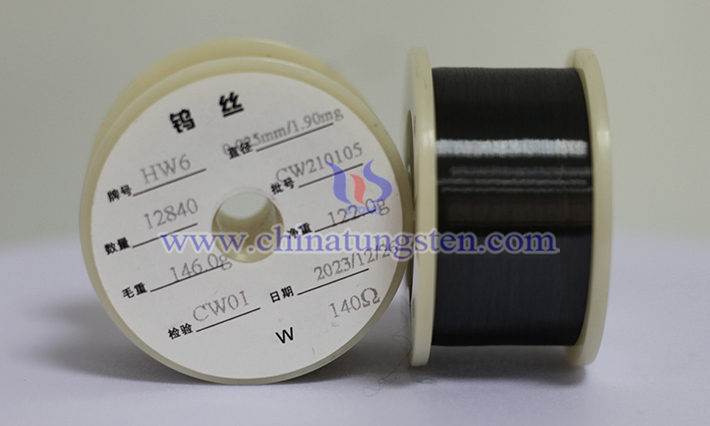
The packaging of tungsten wire for glass heating usually needs to consider factors such as high temperature tolerance, oxidation resistance, moisture resistance, and transportation safety. The following are some common packaging methods and precautions:
Quality Control of Tungsten Wire for Glass Heating
- Details
- Category: Tungsten Information
- Published on Wednesday, 25 June 2025 19:03
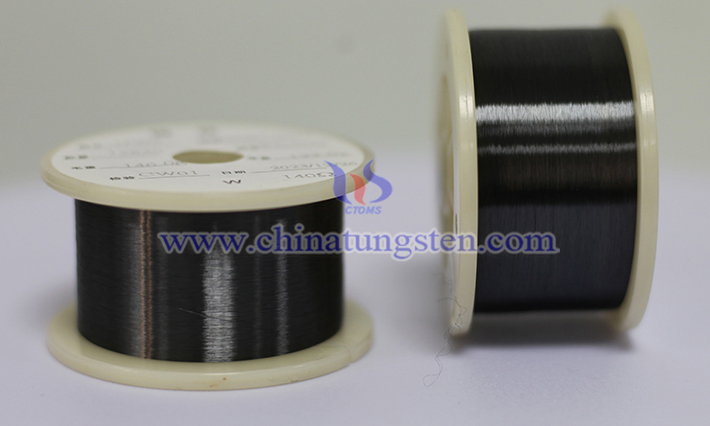
The quality control of tungsten wire for glass heating involves multiple key links such as raw materials, production, and testing to ensure its stable performance, high temperature resistance and long service life.
The Use Environment of Tungsten Wire for Glass Heating
- Details
- Category: Tungsten Information
- Published on Wednesday, 25 June 2025 18:58
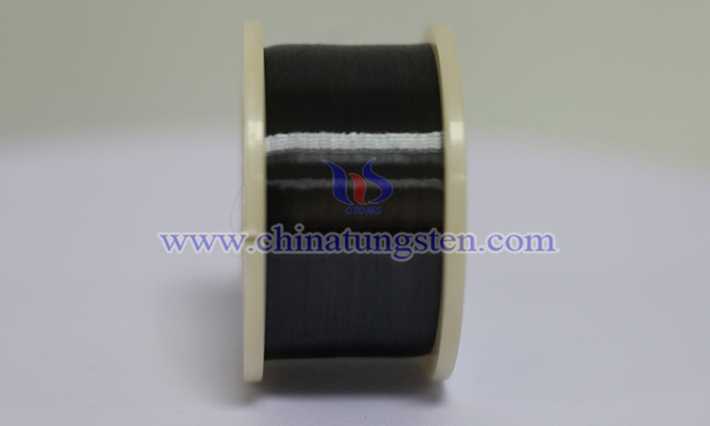
Tungsten wire is often used in glass heating environments due to its high melting point (about 3422℃), high strength and good conductivity, especially in high temperature processes such as glass melting, molding or annealing. The following are the key characteristics and requirements of tungsten wire in the use environment of glass heating:
Detection of Tungsten Wire for Glass Heating
- Details
- Category: Tungsten Information
- Published on Wednesday, 25 June 2025 18:53
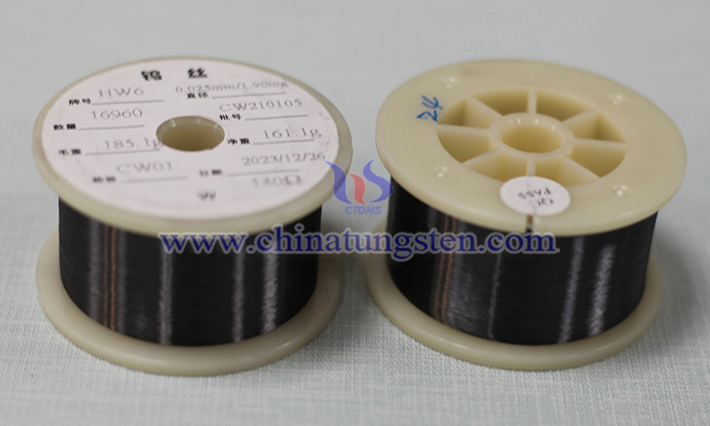
The detection of tungsten wire for glass heating mainly involves its physical properties, chemical stability and electrical characteristics to ensure its safety and reliability during high-temperature heating. The following are the key points and methods of detection:
How to Use Tungsten Wire to Heat Glass?
- Details
- Category: Tungsten Information
- Published on Wednesday, 25 June 2025 18:51
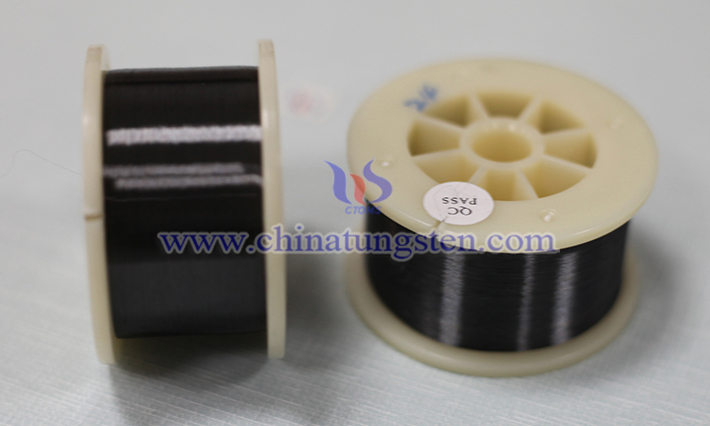
Heating glass with tungsten wire requires careful operation to ensure safety and effectiveness. The following are specific steps and precautions:
1. Select a Suitable Tungsten Wire:
Production Steps of Tungsten Wire for Glass Heating
- Details
- Category: Tungsten Information
- Published on Wednesday, 25 June 2025 18:49
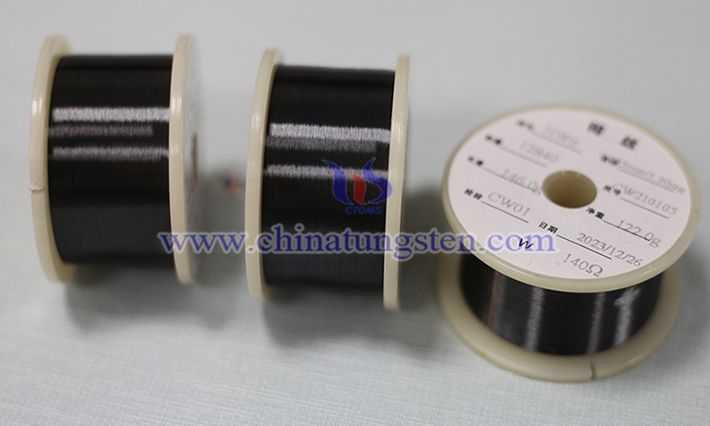
Tungsten wire is an ideal choice for glass heating applications due to its high melting point and high temperature resistance. The following is a brief overview of the main production steps for producing tungsten wire for glass heating:
Preparation Process of Tungsten Wire for Glass Heating
- Details
- Category: Tungsten Information
- Published on Wednesday, 25 June 2025 18:47
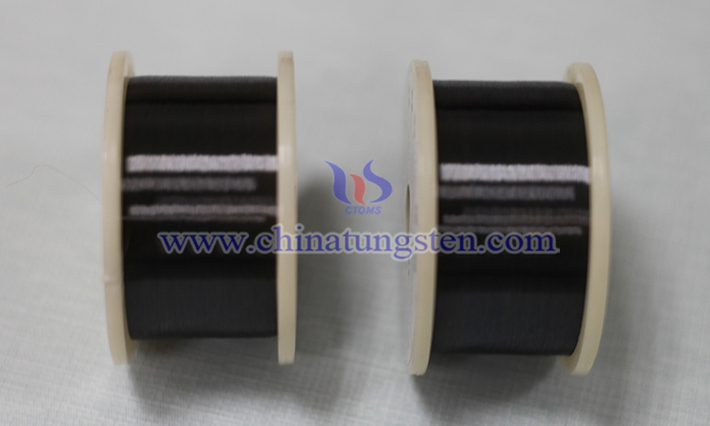
The preparation process of tungsten wire for glass heating mainly involves the purification, processing and subsequent treatment of tungsten materials to ensure that it has excellent performance at high temperatures and is suitable for high-temperature environments such as glass heating. The following is a typical process flow for the preparation of tungsten wire:


 sales@chinatungsten.com
sales@chinatungsten.com